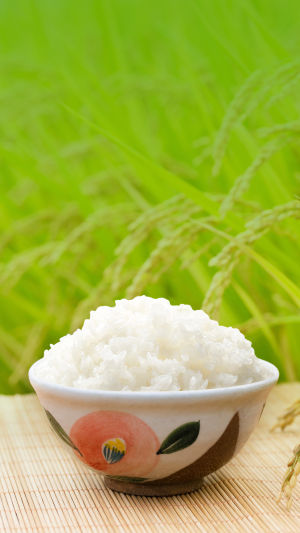If you are new to the Philippines, you might be surprised by the immense love and appreciation Filipinos have for rice. It’s no exaggeration to say that rice is the staple food in every household and it is consumed with every meal. It is a unique cultural phenomenon that distinguishes the Philippines from other countries.
Rice, a staple in many cultures, is a ubiquitous presence in Filipino cuisine. However, rice appears more frequently on the tables of Filipinos than any other food item.
Even with foods that we typically wouldn't associate with rice, Filipinos find ways to pair them with rice. For instance, some Filipinos serve rice with fried noodles, and it is considered normal. But why do Filipinos love rice so much?
Interestingly, Filipinos did not consume much rice in the past. According to Filomeno V. Aguilar Jr. of Ateneo de Manila University, the ancestors of Filipinos preferred to use taro, yam, and millet as their staple foods in their daily diet. The reason for this was not a matter of taste preference.
In the past, the limited planting conditions and inefficient irrigation systems made rice yields very low, and it was only available to some members of the population. For many Filipinos, it was impossible to taste rice in their entire lifetime.
It was not until the introduction of improved planting techniques and irrigation systems that rice yields improved, and rice became more readily available to everyone.
Today, rice has become an indispensable part of the Filipino diet. Filipinos consume an average of 120 kilograms of rice per person per year. It is a dietary habit that has been passed down from generation to generation. On the other hand, the practical reason for consuming rice is that it is relatively cheap and easy to fill the stomach.
For the majority of Filipinos, rice is a high-quality and low-cost energy source.
It is interesting to note that the per capita rice consumption of middle and high-income groups is much lower than that of low-income groups. This is because these groups have more food choices and more diversified diets. They are not limited to rice, unlike low-income groups who cannot afford to skip the rice.
For Filipinos, rice is an essential part of their daily lives. They can skip vegetables for a day, but they cannot skip the rice. It is consumed for breakfast, lunch, afternoon tea, dinner, and even supper. Rice is a symbol of Filipino culture and hospitality, and it is always present in every Filipino celebration, gathering, and occasion.
Apart from being a staple food, rice plays a significant role in the Philippine economy. The country is one of the world's largest rice consumers and producers, and rice production is a crucial part of the agriculture industry. The government has implemented various programs to ensure food security and increase rice production.
Additionally, rice is also a significant export commodity for the Philippines, and it is exported to different countries worldwide. Rice is not just a food item for Filipinos but also a source of livelihood for many farmers and an essential factor in the country's economy.
Apart from being a staple food, rice plays a significant role in the Philippine economy. The country is one of the world's largest rice consumers and producers, and rice production is a crucial part of the agriculture industry.
The government has implemented various programs to ensure food security and increase rice production. Additionally, rice is also a significant export commodity for the Philippines, and it is exported to different countries worldwide.
Rice is not just a food item for Filipinos but also a source of livelihood for many farmers and an essential factor in the country's economy.





